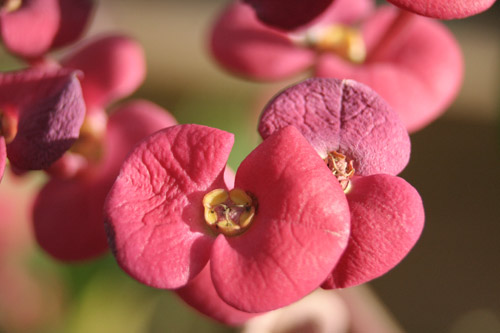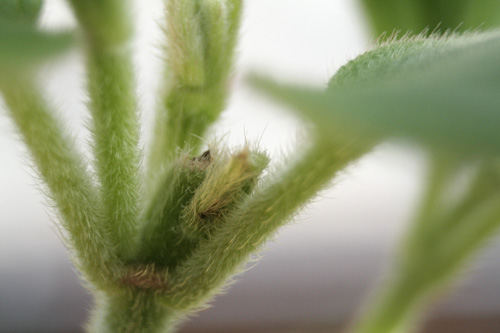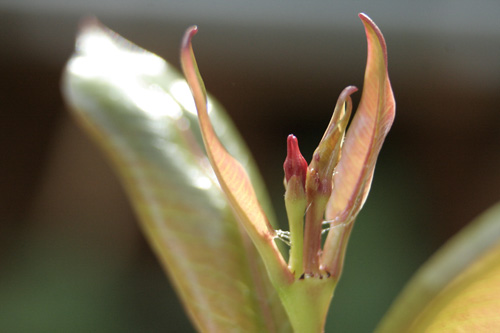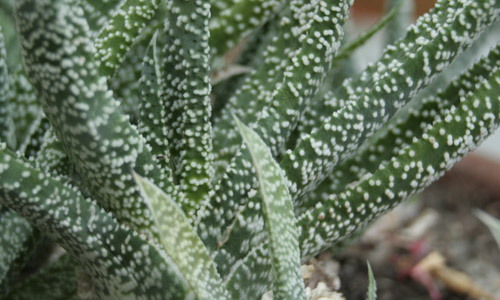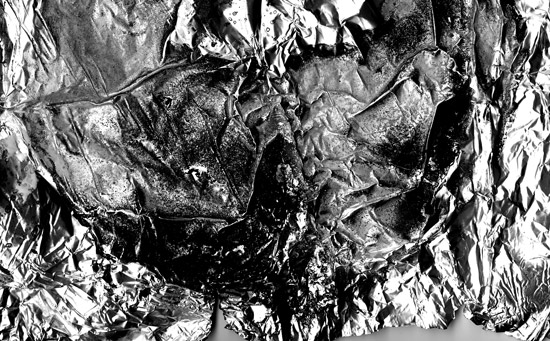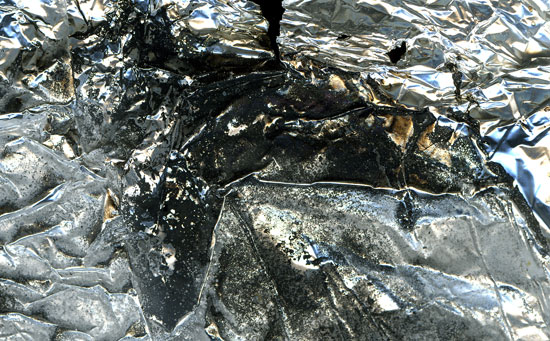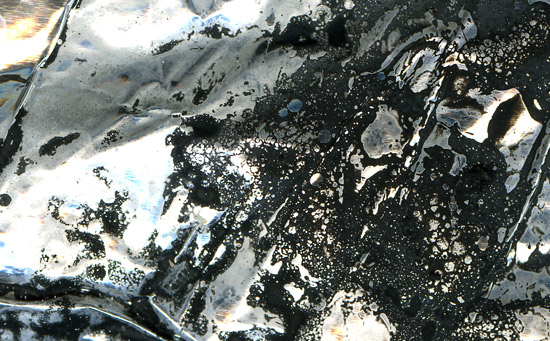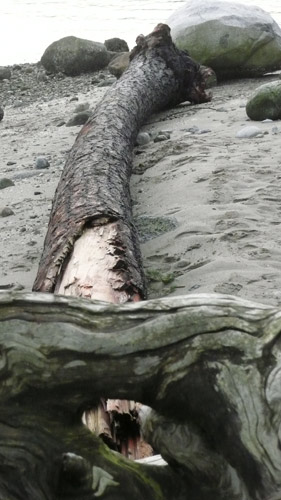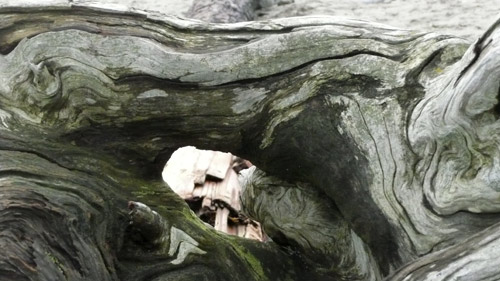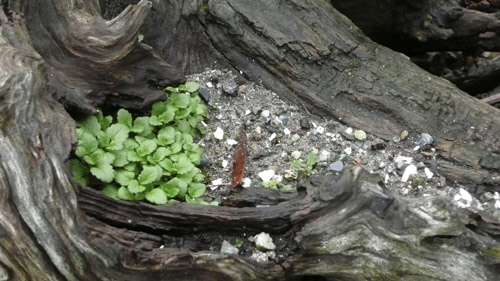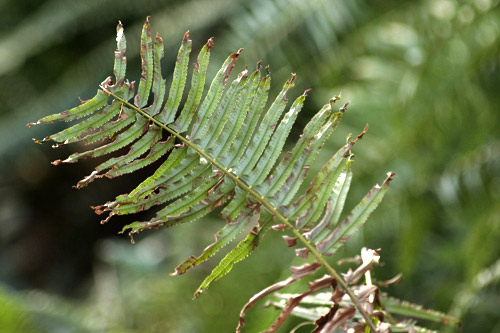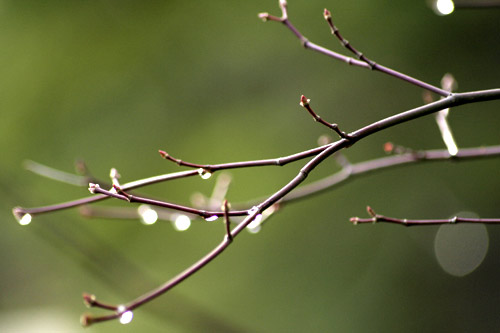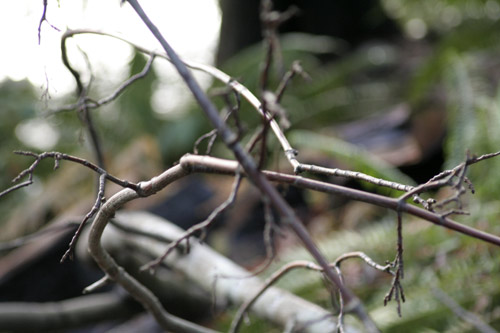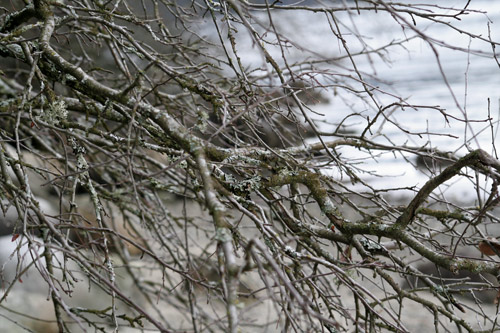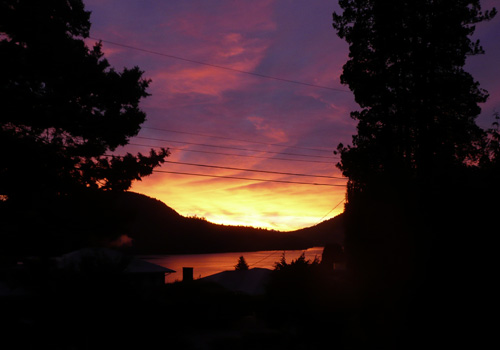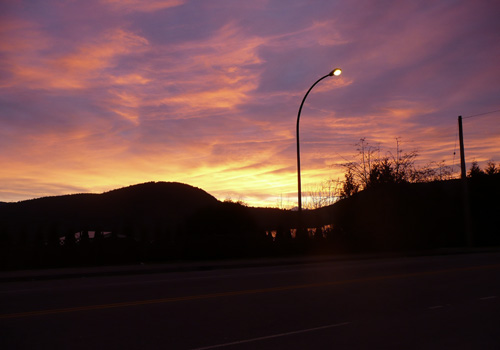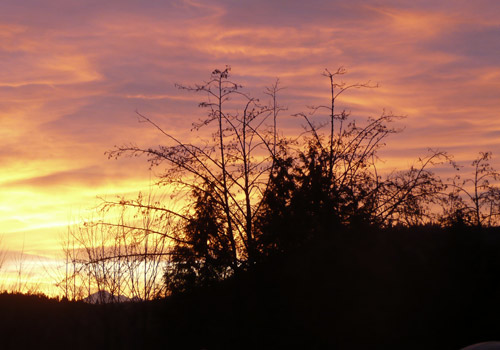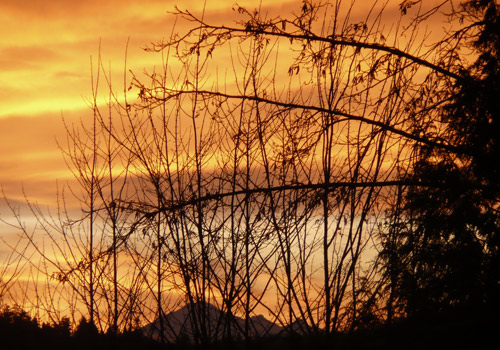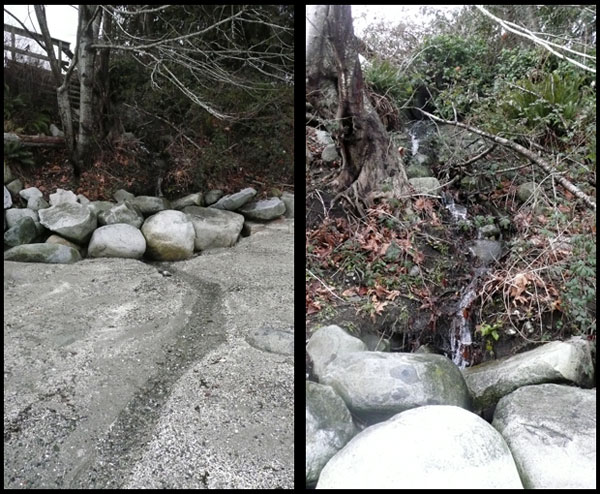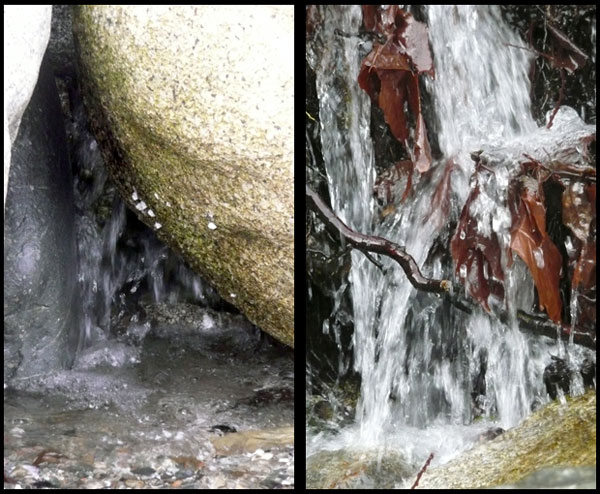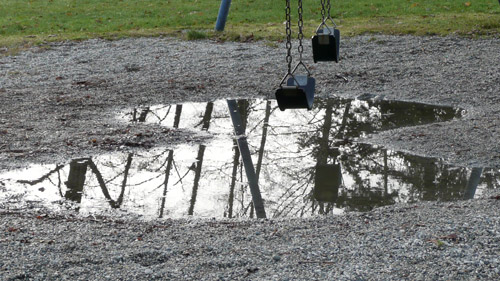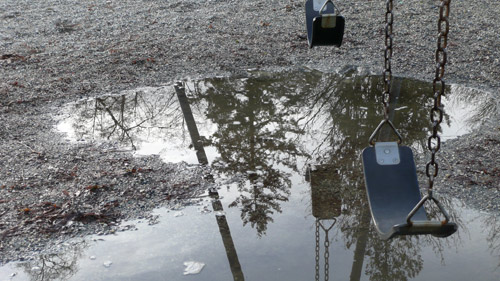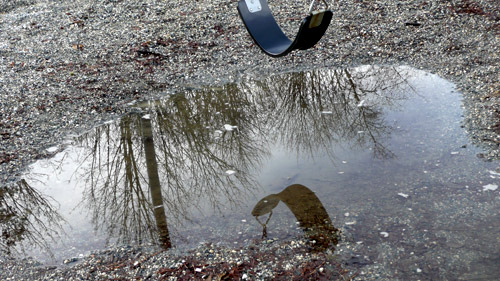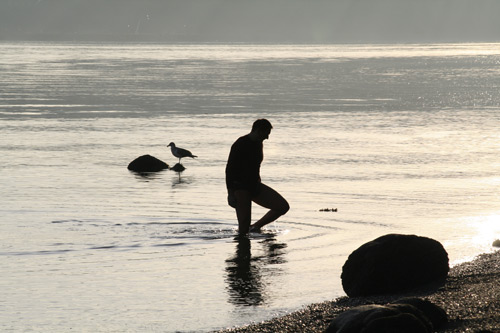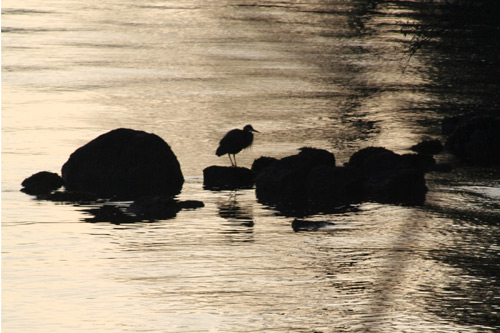macros: January garden
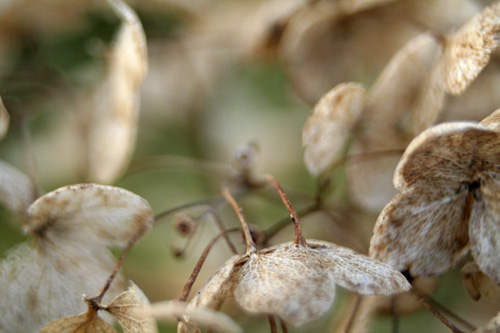
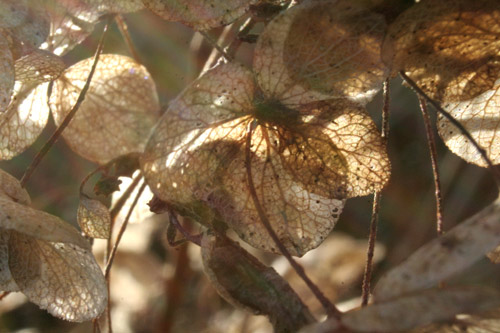

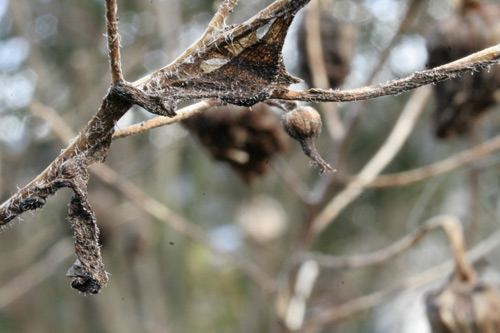
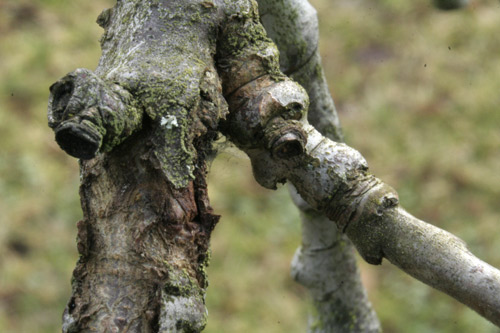
Thank you all for the comments and conversation on my last post about my efforts on learning macro photography.
Above are the photos I took that same day outdoors in our garden using the same lens as before. The afternoon sun was getting lower and weaker and starting to hide behind some tall trees. The top image is a little blurry because of a slight breeze but I still like it very much. I’m very pleased with the results and again, I wish you could see them much larger. I did, this time, do some slight adjustments of the levels on all of these images, in PhotoShop.
I’ve been wanting to share a well-known quote I recently reread that resonates for me in many ways:
Success is not the key to happiness. Happiness is the key to success. If you love what you are doing, you will be successful.
– Albert Schweitzer
from Artist Quote of the Day, with thanks to my friend Dorothy
